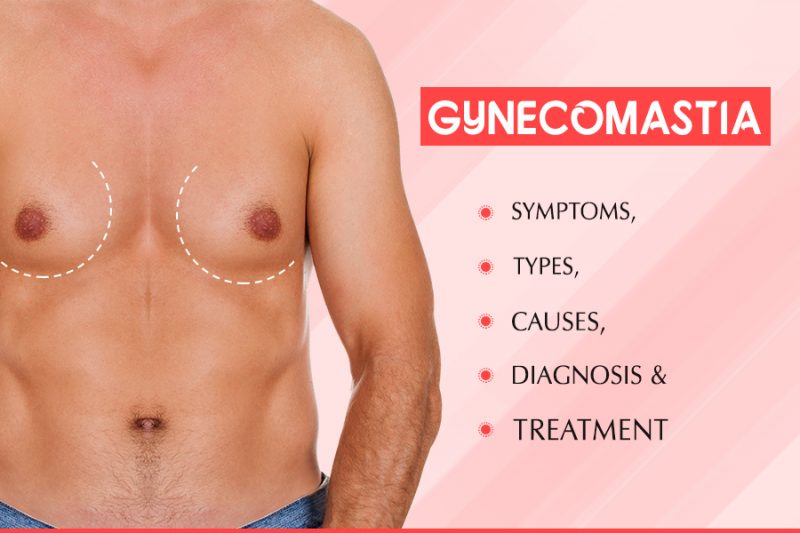Gynecomastia, commonly known as ‘man boobs,’ affects one in every four men. It’s a condition that causes a man’s breasts to be bigger than average due to excess fat and excess breast tissue. Men who suffer from the condition are forced to change their dressing habits to hide the enlarged breasts. Some even avoid social gatherings due to feeling embarrassed or ashamed of their bodies.
‘Man boobs’ can be caused by various reasons like hormonal imbalance – men who are above 50 tend to have low testosterone, increasing estrogen levels in the body, causing gynecomastia. Other reasons you may have man boobs are if you’re overweight, using steroids, or have a liver or kidney condition.
Gynecomastia isn’t a life-threatening health condition, and in most cases, it disappears without having to do anything. But then, in some cases where the condition stems from cirrhosis, certain medications, or hypogonadism, you’ll need to take action and fix the condition permanently. There are many treatment options to treat gynecomastia. If you consult a board-certified plastic surgeon, they can advise you on the available treatment options to best suit your condition. Let’s look at some options you may have for getting rid of gynecomastia.
Liposuction
Liposuction is a common option for treating gynecomastia. It’s more suitable for men whose man boobs are caused by excess fat around the chest area. The process involves inserting a thin tube through lateral incisions made on your chest by the surgeon and removing the excess fat or glandular tissues through vacuum suction. The procedure is usually done using local anesthesia.
Surgery by excision technique
In cases where excess skin and glandular tissue needs to be removed, then excision is required. The technique involves the reduction of the areola and repositioning of the nipple. The plastic surgeon makes an incision in the breast to access the excess skin or glandular tissue and removes it. The excision technique is a typical outpatient procedure, and you won’t have to be admitted to the hospital overnight. In some cases, the plastic surgeon may choose to implement both methods to achieve the best results.
After surgery, it’s advisable to wear a compression vest, which helps your new contoured chest conform to its new shape flawlessly, and it helps your healing process. Having said that, have you seen these compression shirts yet?
Medications
There are medical treatments available and ones that have been used to treat gynecomastia, though some haven’t been FDA-approved. Testosterone treatment therapy has been used on older men with low levels of the hormone. However, it’s not useful for men who have reported to have normal testosterone levels.
Examples of medications like clomiphene and danazol (a synthetic derivative of testosterone) decrease the combination of estrogen in the testes, although it’s not commonly used to treat gynecomastia. Nolvadex, a selective estrogen receptor (SERM), has been shown to reduce the enlarged breast of people with gynecomastia but doesn’t eliminate all breast tissue.
Before using any of the medications, ensure that you consult your doctor.
